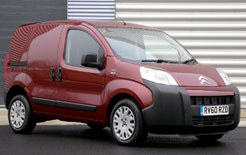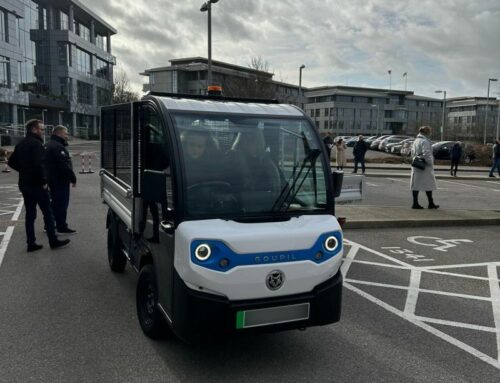
Van makers, like Citroen, now have CO2 targets
European Parliament votes in average 175g/km CO2 level
VAN makers will have to ensure that their vans meet CO2 emission levels in the future. This follows a European Parliament vote to officially adopt a 175g/km CO2 short term and 147g/km CO2 long term target for Light Commercial Vehicles (LCVs).
Van makers are already working on reducing the emissions of their vans. Citroen, for example, has just launched a new Euro 5 version of its Citroen Nemo model with a smaller, more powerful engine that reduces CO2 emissions to 113g/km from 119g/km.
The regulations for vans follow those applied to car makers with each manufacturer having its own overall European fleet average CO2 target. Each manufacturer’s target is based on the weight of each new LCV it registers in the EU in a given year.
“Industry is pleased that the European Parliament has come to a decision on CO2 emission targets for LCVs as vehicle manufacturers are committed to lowering emissions as part of ongoing introductions of low, lower and ultra-low carbon vehicles,” said Paul Everitt, SMMT chief executive.
Business van operators can expect to see improved fuel consumption as a result of these lower CO2 targets. The Nemo’s urban cycle fuel consumption has now improved by 10.5% to 55.4mpg while its combined 65.7mpg consumption is a 4.4% improvement. Citroen says operators can expect a £230 fuel cost saving over three years and 20,000 miles compared to old Euro 4 1.4Hdi.
The initial target and phase-in period for the CO2 regulations is 2014 to 2017.





